Tag: 1700s
-

The Murky Waters of Classification: Ordering Fish in Eighteenth-century Europe
By Didi van Trijp ‘Fish & Fiction‘ is an exhibition on the history of fascination with the aquatic life, between 1500-1900, and is currently on show at the University Library of Leiden University (until January 13). The coming weeks Shells and Pebbles is publishing some of the catalogue texts, composed by the historians who contributed…
-
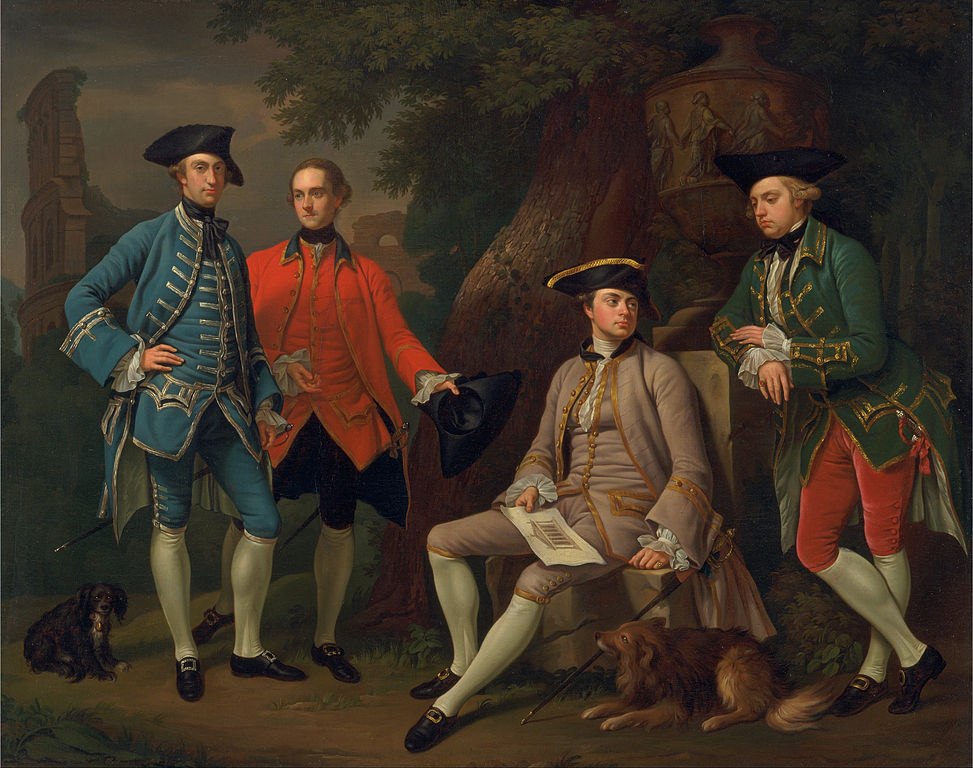
Rethinking the Republic of Letters: Two Perspectives on the Early Modern Learned Community
Early modern scholars oftentimes emphasised the ideal of sharing knowledge beyond confessional and national borders. But was the learned community of early modern Europe truly as open and accessible as these intellectuals proclaimed? Or did the Republic of Letters in action perhaps comprise a number of “sub-republics” divided along the lines of religion, discipline, region,…
-
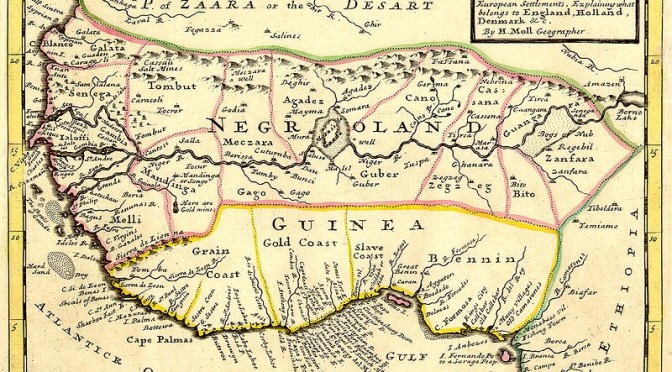
The Riddle of the Phantom Island
By Daniel Stinsky Maps contain lots of information in a condensed and abstract visual format. We trust maps to depict reality, and we trust that they are produced with scientific rigor. But as the fairly recent case of a “phantom island” in the Coral Sea shows, maps can contain false information, even in the age…
-
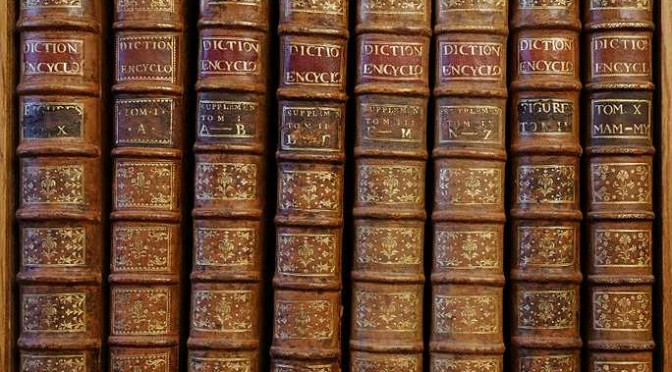
Grote dikke boeken
Door Floris Solleveld “Goedemiddag, ik had zeven boeken aangevraagd, ik weet niet of ze er al zijn?” “Jaaaa”, zei de bibliothecaris grinnikend, “die zijn er al”, en keek naar de kar waarop de Description de l’Egypte lag opgestapeld, zeven dozen van 100×70 cm, een stapel van zeker een halve meter hoog. En dit waren dan…
-
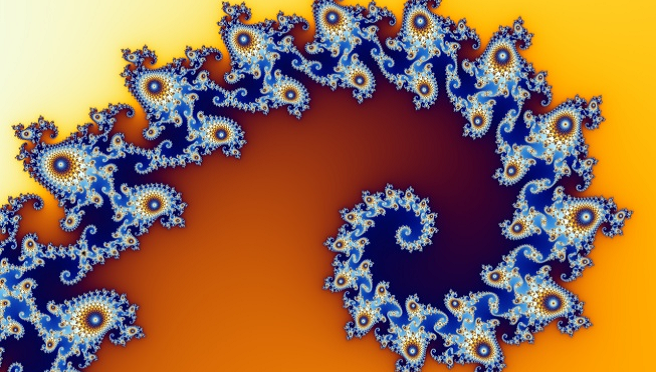
The Subtle Spiral of Life & Death.
By Fedde Benedictus Buried beneath spirals Ever since humans began using stone slabs for the decoration and demarcation of their gravesites, masonry has been employed to show the social status of the deceased individual. In this tradition, the Swiss mathematician Jacob Bernoulli chose the figure of a logarithmic spiral to be carved onto his gravestone.…
-
Of Embryos and Transmutation. Part II – Malformations and Abortions
By Robbert Striekwold Theories of recapitulation arose in the late 18th but came to full bloom in the early 19th century. The common feature of such theories was the idea of a strong relationship between embryonic and species development. Such views were popular especially among the German Naturphilosophen, whose worldviews proved highly conductive to recapitulationist…
-
Joints of meat or delicate dishes: diverging paths in English and French cuisine
By Rosa Runhardt It’s become a platitude that the French live to eat, whereas the English eat to live. Visitors to both regions certainly remark on the French cuisine’s joie de vivre and the English’s plain fare. A look at the history of food, particularly of the aesthetic matters of taste and preference, shows that…
-
Of Embryos and Transmutation Part I – A Genealogy of Evolution
By Robbert Striekwold Ideas concerning species transformation and embryonic development enjoy a long and quirky history of perceived parallels and cross-pollination. In the first and introductory part of this series, I will take a look at the etymology of the word ‘evolution’ in biology. It entered the field as a term in embryology in the…
-
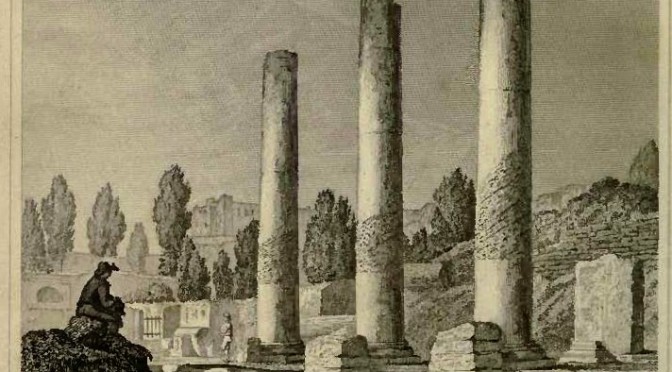
Zeg het met muzen. Het verdwijnen van de allegorische voorplaat.
Door Floris Solleveld In de achttiende eeuw was het niet ongebruikelijk geleerde werken vooraf te laten gaan door een allegorische voorplaat. Deze frontispieces bevatten, naarmate het genre zich ontwikkelde en de prenttechniek verbeterde, steeds complexere composities vol bijbelse, mythologische en soms ook hermetische verwijzingen, die als een zoekplaatje de inhoud samenvatten. Maar vanaf medio achttiende…
